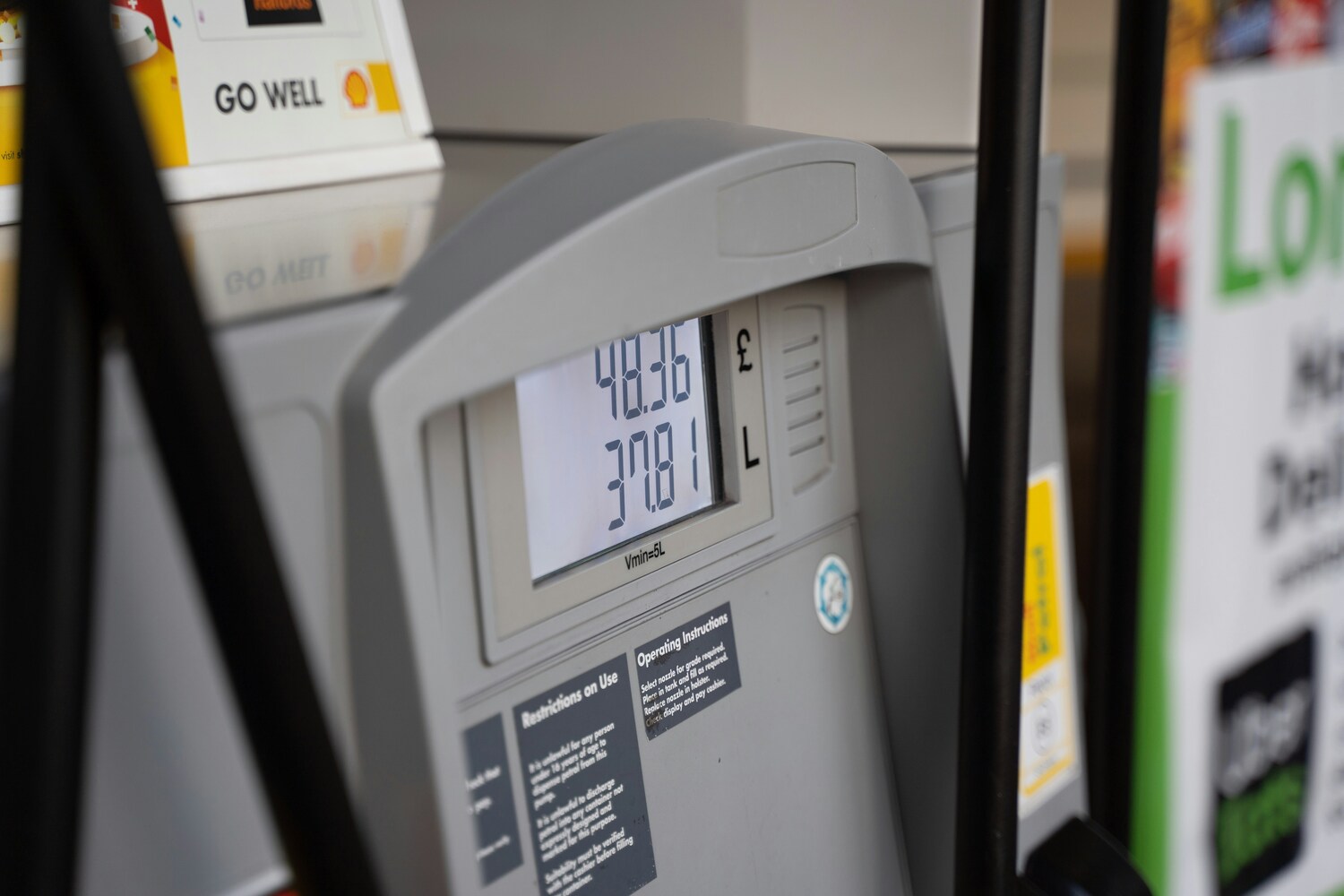For decades, the middle class represented the heart of economic stability in America—a benchmark of financial security and social mobility. It was the dream: a comfortable home, a reliable car, a family vacation every summer, and enough savings to retire with dignity. But for millions of Americans today, that dream feels further away than ever.
While headlines focus on inflation and job markets, a quieter and more complex reality is unfolding. Structural shifts in the economy, housing, healthcare, and even cultural attitudes are making it harder for the middle class to survive, let alone thrive. These aren’t sudden shocks; they’re slow-moving forces that have been reshaping our financial lives for years, often without us realizing the long-term consequences.
Here are six trends silently dismantling the foundation of the middle class and what they mean for anyone trying to hold on to that once-promised stability.
1. Housing Costs Outpacing Income Growth
For most families, housing has always been the largest expense, but in recent years it’s become nearly unmanageable. Median home prices have soared far faster than wages, pushing traditional middle-class neighborhoods out of reach. Renting isn’t much better, with rental costs climbing in almost every state, driven by limited inventory and institutional investors buying up single-family homes.
What makes this trend especially devastating is its ripple effect. When housing eats up 40–50% of income, there’s less money for savings, education, and emergencies. It also erodes wealth-building opportunities since fewer families can afford homeownership, historically one of the strongest drivers of generational wealth in America.
For many middle-class earners, the “starter home” is no longer a stepping stone to financial stability. It’s a pipe dream. And when an entire demographic can’t afford a basic home, the economic consequences extend far beyond real estate markets.
2. Healthcare Expenses Consuming Household Budgets
The American healthcare system is often described as broken, but for the middle class, it feels more like a financial trap. Premiums, copays, and deductibles have ballooned to the point where even insured families face crushing bills. According to recent studies, nearly half of adults with health insurance say they struggle to afford their medical expenses.
Medical debt is no longer a problem confined to the uninsured. It’s a middle-class crisis. A single hospital visit can wipe out years of savings. And those who try to cut costs by skipping care risk long-term health issues that become even more expensive later.
This isn’t just a budgeting problem. It’s a systemic issue that forces middle-class families into impossible choices: pay for essential care or risk financial ruin. For many, the cost of staying healthy feels like a luxury, and that reality chips away at the very idea of middle-class security.
3. The Disappearance of Stable Employment
Once upon a time, middle-class stability was tied to secure, long-term employment with benefits and pensions. Those days are largely gone. Today’s job market is dominated by short-term contracts, gig work, and corporate cost-cutting. Even full-time employees often find themselves without pensions, with minimal benefits, and at the mercy of at-will employment laws that allow companies to terminate without cause.
The result? Financial predictability, once the hallmark of middle-class life, has been replaced with constant uncertainty. Workers are pressured to adapt to a “hustle culture,” cobbling together multiple jobs or side hustles to make ends meet. While flexibility can sound empowering, it often masks a harsher truth: employers have shifted risks onto workers, leaving them without safety nets that were standard for previous generations.
When the path to a secure retirement depends on navigating unstable employment and volatile markets, middle-class families find themselves in a perpetual state of financial anxiety.
4. Education Costs Creating Lifelong Debt
Higher education was once considered the golden ticket to middle-class life. Today, it’s more like a financial gamble. Tuition costs have skyrocketed, forcing families into decades-long student loan obligations. Parents drain savings to help their kids, while graduates delay milestones like buying a home or starting a family because of crushing debt loads.
Even more troubling, the payoff for that investment isn’t guaranteed. Wages for many degree holders have stagnated, and some industries offer minimal returns for the cost of education. Meanwhile, trade jobs, once dismissed, now offer competitive salaries without six-figure debt, adding complexity to the old “college equals success” narrative.
For the middle class, education debt often feels like an inescapable burden, limiting upward mobility rather than securing it. When a system designed to open doors ends up locking families into financial strain, something fundamental has broken.

5. Inflation Outpacing Wage Growth
Inflation is nothing new, but the last few years have shown how devastating it can be when wages fail to keep up. Everyday expenses—groceries, gas, utilities—are draining paychecks faster than they can grow. While top earners have assets that rise with inflation, the middle class depends heavily on fixed wages, making them uniquely vulnerable.
It’s not just about rising costs. It’s about the illusion of progress. Many workers receive small annual raises that barely keep pace with inflation, leaving them feeling stagnant despite working harder than ever. Over time, this creates a sense of financial erosion: even with promotions or job changes, families feel like they’re running on a treadmill that keeps speeding up.
The psychological toll is real. When stability feels unattainable despite doing “everything right,” it breeds frustration, resentment, and a growing sense of despair among middle-class households.
6. The Shift from Ownership to Subscription Living
One of the most under-discussed cultural trends affecting the middle class is the transition from ownership to access. From streaming services to car leases to software subscriptions, recurring monthly payments now dominate modern life. What once required a one-time purchase (music, movies, even basic home tools) now demands ongoing fees.
This might sound convenient, but it creates a new kind of financial dependency. Subscriptions pile up quietly, draining budgets and leaving families with little to show for the money spent. Unlike buying an asset you can resell or own indefinitely, subscription models trap consumers in endless cycles of payment without equity or long-term value.
For the middle class, this shift has normalized a lifestyle where every convenience comes with a perpetual bill—a slow but steady siphoning of disposable income.
Why These Trends Matter More Than Ever
Taken individually, these trends might seem like inconveniences or adjustments. Together, they represent a profound shift in the economic reality of the middle class. The promise of stability—a home, affordable healthcare, a solid job, debt-free education—has eroded, replaced by uncertainty at every turn.
For younger generations, the warning is clear: traditional middle-class strategies no longer guarantee success. For those already in the middle class, survival requires rethinking everything from housing choices to career paths to spending habits.
The bigger question? What happens to society when the middle class disappears? Historically, a strong middle class has been the backbone of democratic stability and economic growth. Its decline could reshape not just individual lives, but the future of entire nations.
Can the Middle Class Be Saved?
The trends dismantling the middle class didn’t appear overnight, and reversing them won’t happen quickly. But acknowledging them is the first step toward adaptation, whether through personal strategies, policy changes, or cultural shifts.
For now, families must get creative: build multiple income streams, prioritize debt reduction, rethink housing expectations, and question whether every subscription or expense truly adds value. The old roadmap is gone. The new one requires flexibility, resilience, and informed choices.
Do you think the middle class can survive these changes? What trend worries you most—and how are you planning for the future?
Read More:
10 Financial Moves That Quietly Ruin Middle Class Stability
What the Middle Class Still Doesn’t Understand About the Rich
Riley Schnepf is an Arizona native with over nine years of writing experience. From personal finance to travel to digital marketing to pop culture, she’s written about everything under the sun. When she’s not writing, she’s spending her time outside, reading, or cuddling with her two corgis.
Read the full article here
















